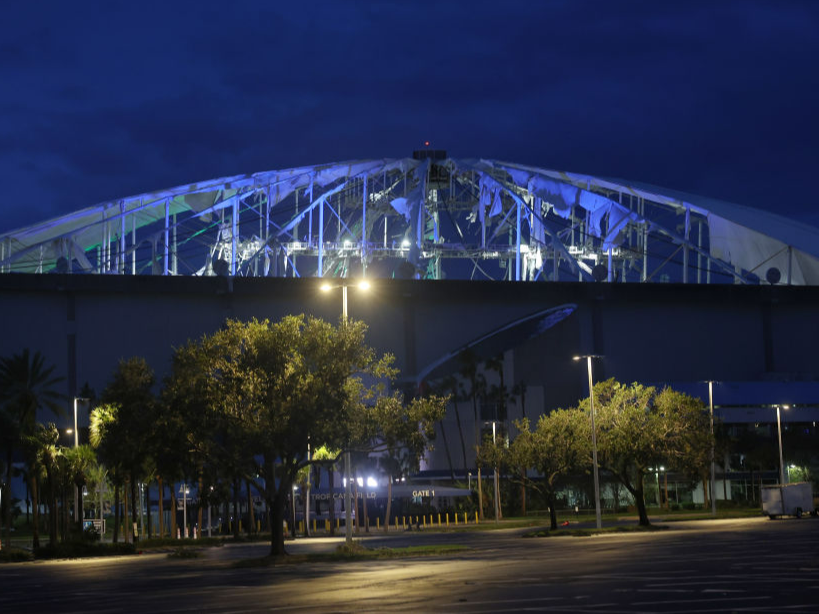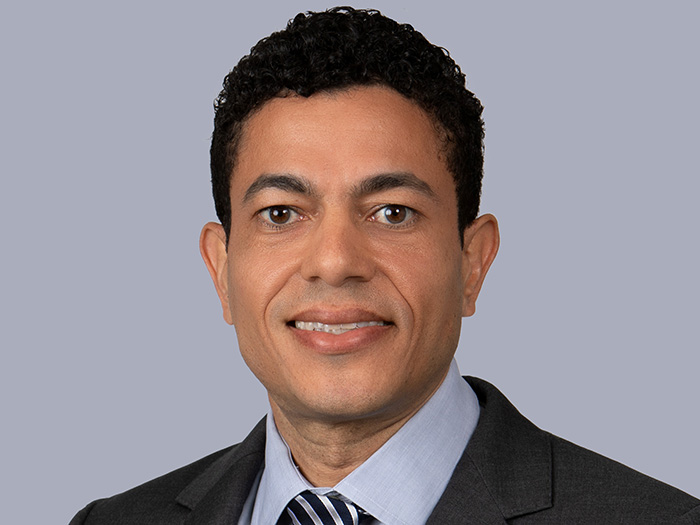A Predict & Prevent™ Approach Works When Tech Innovation, Underwriting and Risk Management Work Together
Unlocking the full potential of Predict & Prevent™ strategies takes teamwork.
We need insurers, tech innovators, policymakers, customers and others working together to create, test and launch solutions that stop losses in their tracks. It’s an exciting idea, but how do we make it happen?
Here are my thoughts.
First off, the role of technology innovators is crucial. There is an abundance of insurance technology increasingly capable of analyzing, identifying and quantifying risk in real time. But so far, the primary focus has been on using this data to enhance the efficiency of underwriting and claims.
It’s time to direct these efforts to also include Predict & Prevent strategies.
Insurers see the value in Predict & Prevent and have the power to drive change. They possess the necessary resources and motivation to identify and invest in emerging technologies that can prevent losses on a large scale.
Importantly, insurers can link these solutions with the risk managers responsible for managing these risks within their organizations.
Risk managers are integral to this effort. They are well-placed to integrate these technologies into their strategies and processes as they serve on the front lines, managing risks that are growing in frequency and severity.
As I delve deeper into Predict & Prevent, I see the importance of incorporating these strategies into existing risk management processes.
I recently talked with George Chedraoui, senior director of corporate risk and resilience for Highwoods Properties Inc., about using IoT technology to make his company more resilient.
Highwoods introduced smart water leak sensors through a pilot program with Chubb Group.
Chedraoui said the technology addresses one of the most prevalent risks for Highwoods — and a potential source of disruption and dissatisfaction for its customers and their operations. He shared a few insights with me on deploying the new technology and collaborating with an insurer.
Training and educating staff on the usage of new tools and technologies is important. While implementing the water leak sensors was straightforward, making various teams (such as janitorial, security and risk management) aware of the new tools was vital.
Risk managers shouldn’t be afraid to make investments in technology, Chedraoui said. Start small, assess the results and determine the next steps accordingly.
Highwoods started by testing Chubb’s water leak sensors in five buildings and then ramped up to 55 properties as soon as the benefits became clear.
Examine all organizational exposures — not just the high-profile ones like catastrophic risks — to identify preventable risks, Chedraoui advised.
“A plumbing leak might not make the news,” he said, but it can cause significant disruption to our business. Working with an insurance partner also offers benefits over going it alone, Chedraoui said.
Leveraging these resources from insurance partners offers the benefit of working with a company where there’s a cultural fit. Let’s join forces and make Predict & Prevent the new standard in risk management.
To learn more about this idea of prediction and prevention, subscribe to The Institutes’ Predict & Prevent™ podcast as we continue to dig into this approach and the opportunities it creates for risk management and insurance. And be sure to check out predictandprevent.org for the latest updates. &
Now Live: Predict & Prevent
An emerging strategy of harnessing technology and prioritizing resiliency to combat the biggest risk challenges facing society. Host Peter Miller, president and CEO of The Institutes, and leading experts will examine how traditional risk management, which relies heavily on insurance and detecting and repairing after a loss occurs, is transitioning to Predict & Prevent to keep up with a changing risk landscape. The eight-episode season will establish what a Predict & Prevent strategy means, why it is urgently needed and provide a view to the future of risk management.
Available at Spotify, Apple Podcasts and other listening platforms.









